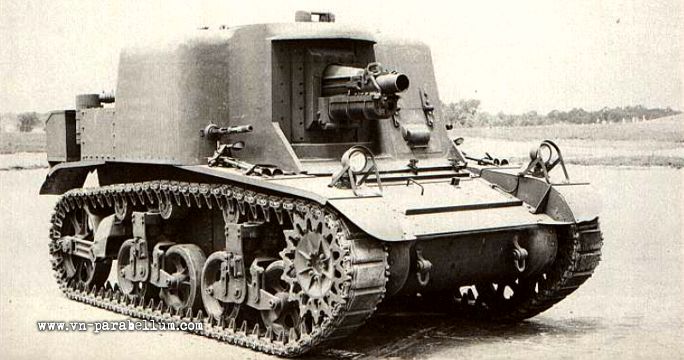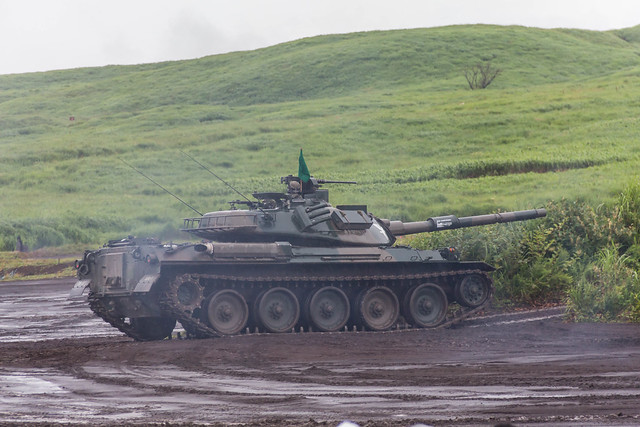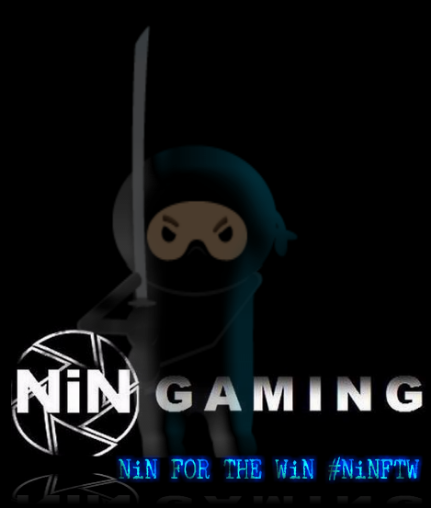| NiN Gaming Network & Company Studios' iNiN Portal Forums |
| IMPORTANT NiN GAMING NETWORK ANNOUNCEMENTS: Attention #NiNGamers, remember to post your REQUIRED 20 weekly posts and comments on the #NiNForums every single week or kick from the clan. All comments and posts are due every single week on Sunday at 11:59 PM CT. If your posts and comments are not posted by that time and day every single week then you will be kicked from the clan the week after. This is an essential clan rule that was implemented to allow all clan members to be more active on the #NiNForums and earn more NiNX to be able to sign up for more clan-prized tournaments and gifting events. It's an effort from the NiN Gaming Network Clan Central Command "CCC" to have a more active community for the best. #NiNGN "NiN GAMING NETWORK" CLAN DIVISIONS' OFFICIAL ACTIVITY HOURS: WHEN: ANY 3 NIGHTS A WEEK - ANY TIME FROM 5:00 PM CT TO 12:00 AM CT (CENTRAL TIME) BASED ON THE CLAN OFFICIAL ACTIVITY HOURS OF THE NiN GAMING NETWORK CLAN DIVISION THAT YOU ARE CURRENTLY ENLISTED WITH. LOCATION: BE ONLINE IN-GAME AND ON #NiNForums (LOGIN AND POST YOUR REQUIRED TWENTY WEEKLY FORUMS COMMENTS AND/OR POSTS). MAKE SURE YOU HAVE DISCORD DOWNLOADED & CONNECTED TO #NiNDiscord "NiN GAMING DISCORD VOICE SERVER" OR KICK. #NiNGamers, as an effort from the NiN Gaming Network CCC "Clan Central Command" to maintain activity, all clan members are required to maintain activity and report to clan duty on the clan #NiNOAH "Official Activity Hours" announced dates and times. Failure to abide by the clan activity rules for ANY clan member will be subjected to clan kick out on the clan inactive members' bi-weekly inactivity check day that takes place every 2 weeks - #NiNFTW "NiN For The Win" o7 "salute" |
| ||||||||||||||||||||||||||||||||||||||||||||||||||||||||||||||||||||||||||||||||||||||||||||||||||||||||||||||||||||||||||||||||||||||||||||||||||||||||||||||||||||||||||||||||||||||||||||||||||||||||||































































